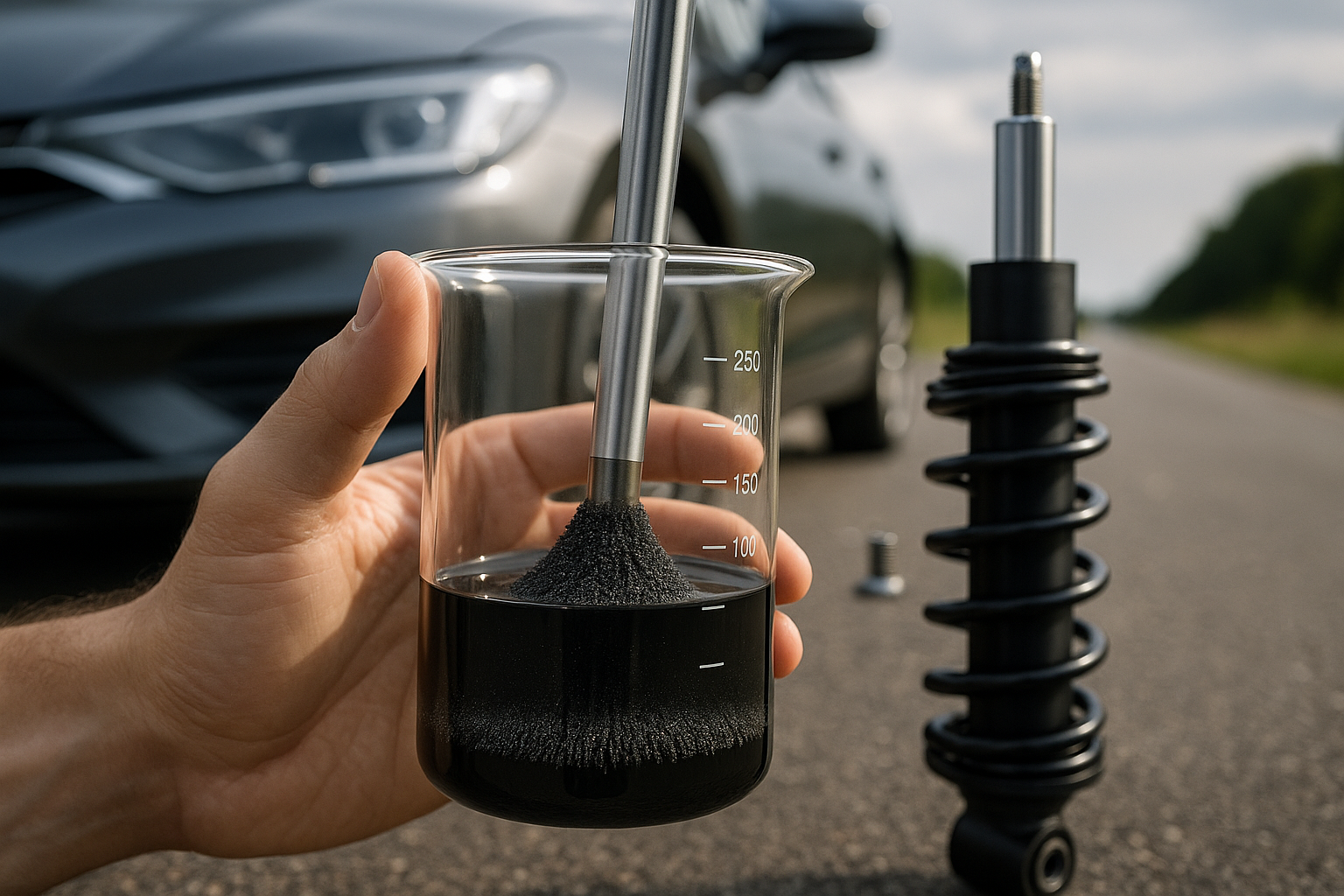Regulatory and Safety Considerations for Adding a Step
Adding a step to a vehicle door involves more than convenience—regulatory compliance and user safety should guide every decision. This article outlines key considerations, from installation and fitment to materials, weatherproofing, and maintenance. It highlights measurement, loadcapacity, mounting options, and testing to help ensure a safe, compatible addition that meets local requirements.

Adding a step to a vehicle door can improve accessibility, but it also creates new safety and regulatory responsibilities. Before any physical modification, address measurement, clearance and compatibility to confirm the step will not interfere with door operation, airbags, or pedestrian clearances. Consider loadcapacity and nonslip surfaces as primary safety features, and identify applicable local services and regulations that affect vehicle modifications. Proper documentation, testing, and design choices reduce liability and improve long-term durability and usability.
Installation, measurement and alignment
Correct installation begins with accurate measurement and careful alignment. Measure door sill height, hinge locations and the available clearance with the door open and closed; factor in suspension sag and loaded vehicle height. Alignment during installation ensures even load distribution across brackets and reduces stress that can lead to premature wear. Installation should specify torque values and fastener grades; consider professional installation if fitment is uncertain to maintain consistent mounting and long-term safety.
Fitment, compatibility and clearance
Fitment and compatibility require matching the step to the vehicle’s body and electrical or safety systems. Confirm the step does not obstruct sensors or reduce door clearance for passengers and cargo. Clearance checks should include typical use conditions—garage entries, steep driveways, and curb proximity. Compatibility also covers brackets and mounting points: using vehicle-specific brackets reduces the need for drilling or structural changes that could void warranties or conflict with regulations.
Mounting, brackets and loadcapacity
Mounting hardware and bracket design determine structural integrity. Choose brackets rated for anticipated loads and validate that the loadcapacity accounts for dynamic forces when users step on or off. Welding, rivets, and bolted brackets each have different inspection and maintenance needs; select mounting methods that align with the vehicle structure and local rules. Regular inspection of brackets for loosening, deformation, or corrosion is essential to maintain safe load transfer.
Materials, durability and corrosion
Materials selection influences longevity and maintenance frequency. Corrosion-resistant metals and coatings extend service life in harsh climates, while composite materials can reduce weight and thermal conductivity. Durability considerations include UV resistance, impact tolerance, and how materials respond to salt, moisture, or road chemicals. Where metal is used, choose stainless or treated steel for brackets and fasteners; for treads, prioritize materials whose wear properties are known and that resist cracking and degradation under repeated loading.
Weatherproofing, nonslip and maintenance
Weatherproofing and nonslip surfaces are core safety elements. Nonslip treads, textured coatings, or rubber inserts reduce fall risk in wet, icy, or oily conditions. Sealants and protective paints guard mounting points against water ingress and corrosion; ensure weatherproofing does not hide fasteners or interfere with inspections. Maintenance schedules should cover cleaning, lubrication of moving parts, corrosion checks, and replacement intervals for nonslip materials. Document maintenance and any adjustments made to maintain a clear safety record.
Testing, safety, accessibility and adjustments
Testing verifies safety and accessibility: load testing to confirm loadcapacity, functional testing for door operation with the step installed, and user trials for accessibility across different ages and mobility levels. Check regulatory standards that apply in your area for pedestrian access and vehicle modifications; some jurisdictions require inspections or certification after structural changes. Make adjustments based on testing—reposition brackets, alter alignment, or upgrade materials—to address deflection, clearance issues, or wear patterns revealed during trials.
Conclusion When adding a step to a vehicle door, combine careful measurement, correct fitment, and robust mounting with appropriate materials and weatherproofing to maintain safety and compliance. Regular maintenance, targeted testing and attention to loadcapacity and nonslip measures reduce risk and extend service life. Always verify compatibility with vehicle systems and local regulations, and document installations and adjustments to support ongoing safety and regulatory needs.






